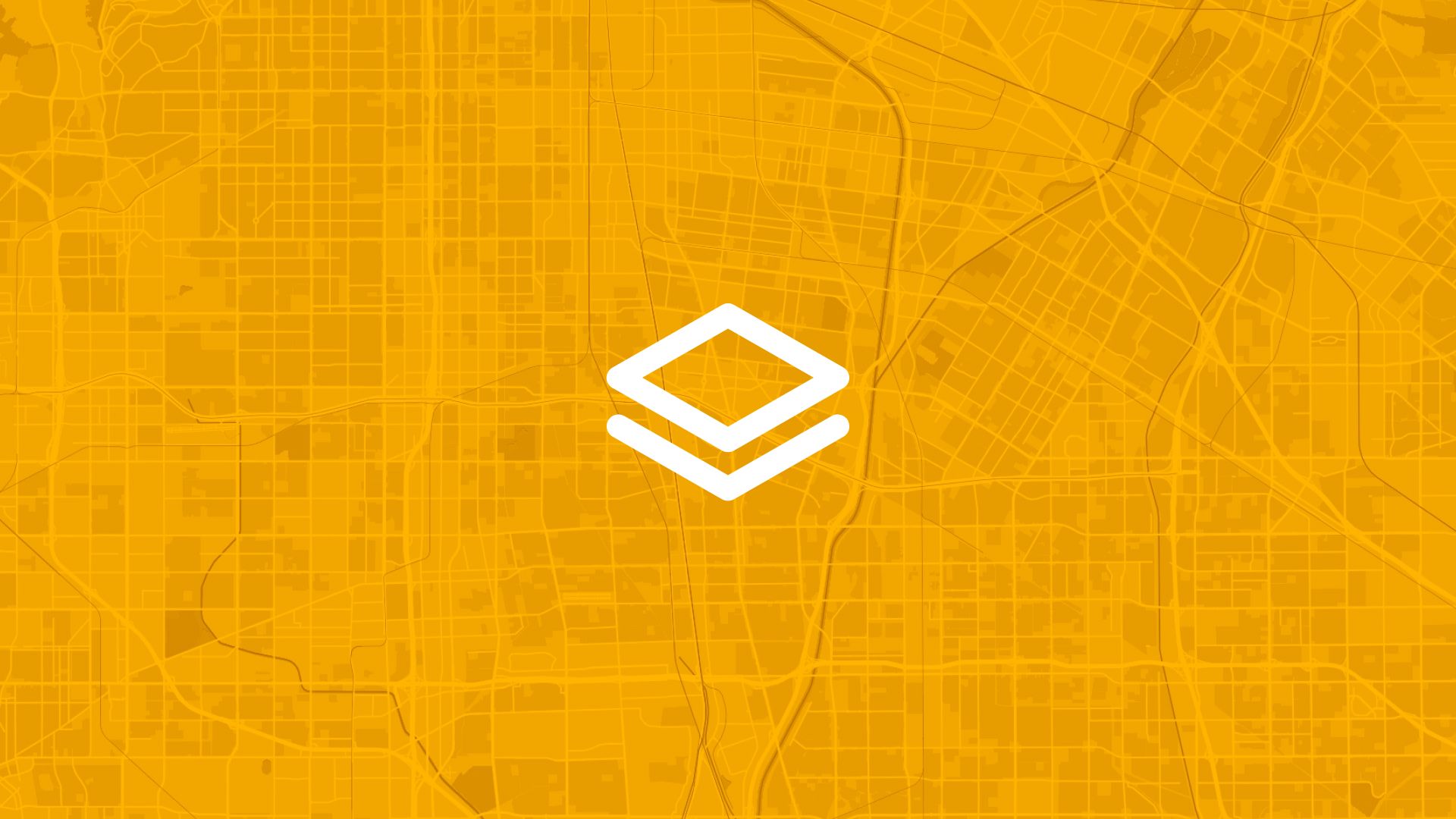If you’re planning energy or infrastructure projects, one of the first things you need to see is: where are the grid lines?
Whether it’s high-voltage transmission or local distribution, knowing where the grid is helps you assess connection cost, timing, and technical feasibility. The closer your site is to the grid, the better.
In Atlas, you can quickly overlay power line data from OpenStreetMap and use it to guide early-stage decisions. No downloads, no GIS software, no lag.
Here’s how to do it.
Why Grid Line Visibility Matters
Power lines might not be the flashiest layer on your map—but they’re often one of the most important.
For renewables, grid distance is one of the top factors affecting whether a project goes ahead. And for land investment, knowing what’s near transmission can help you spot value others miss.
And the earlier you do this, the easier everything else becomes.
Step 1: Add the Grid Line Layer from OpenStreetMap
Atlas integrates directly with OpenStreetMap, so you don’t need to import files.
To get started:
- Open your project in Atlas
- Go to the Integrations and find the OpenStreetMap integration
- Choose data tag
Power: Lineand press Query - Add the Power Line layer to your map
This layer shows electrical infrastructure from the OpenStreetMap database, including major transmission lines and, in some areas, local distribution.
Once added, you’ll see lines displayed across the map—these are the overhead grid routes mapped in OSM.
Step 2: Style the Grid Lines for Clarity
By default, the lines might be hard to distinguish.
You can fix that by styling them clearly:
- Choose a bright color (e.g. orange or red) for visibility
- Increase line thickness slightly
- Label the layer so it’s clear what it shows
This helps the lines stand out when layered over parcels, terrain, or base maps.
Also read: How to Overlay Wind Data on a Parcel Map
Step 3: Overlay Parcels or Sites
To use grid data effectively, you’ll want to compare it to the land you’re evaluating.
You can:
- Upload a parcel dataset (CSV, shapefile, or GeoJSON)
- Draw site boundaries manually using the polygon tool
- Add a search area for preliminary scanning
Now you’ve got your sites and the grid lines on the same map.
Step 4: Check Proximity to Grid
With everything in place, you can use Atlas tools to understand how close your sites are to the grid.
- Use the Measure tool to click between your site and the nearest power line
- Create a Buffer around the grid (e.g. 500m or 1km) to visualize connection range
- Use Intersect tools to filter parcels that fall inside the buffer zone
This helps you quickly spot which sites are grid-adjacent and which aren’t—without doing a full engineering study.
Step 5: Share or Export the Map
Once you’ve identified key areas:
- Export a clean map as PDF or image
- Share a live map with partners or engineers via a link
- Download filtered data for reports or next steps
Everyone stays aligned, and you’ve got a clear visual to back your decisions.
Common Use Cases
Overlaying grid lines is useful in a lot of scenarios:
- Renewable developers screening sites based on connection feasibility
- Consultants doing early-stage project assessments
- Land teams spotting parcels with infrastructure value
- Investors checking utility proximity on a potential acquisition
Grid visibility isn’t optional—it’s step one.
Tips
- Combine with substation layers for deeper analysis
- Add zoning, flood, or slope layers for full context
- Use labels or comments to flag promising connection points
Atlas makes it easy to go from “Where’s the grid?” to “Let’s move on this.”
Site Search and Evaluation with Atlas
Like most GIS platforms, Atlas can help you look at maps. But when it comes to site search and evaluation, Atlas goes much further.
It’s built specifically for people who need to spot the right land, fast.
Whether you’re scouting for renewable energy projects, industrial expansions, new retail locations, or land investment opportunities—Atlas gives you the tools to compare parcels, overlay key data, and share results with your team.
This isn’t just about seeing what’s on a map. It’s about making a decision.
Let’s break down how Atlas helps you find and evaluate sites more efficiently.
Bring Your Own Data or Start From What’s Built In
Sometimes you already have a list of parcels. Other times you’re starting from scratch.
Atlas works well in both cases.
Upload a CSV with parcel data, or drop in shapefiles from your GIS team. You can also use drawing tools to sketch out potential sites manually. Each shape becomes a layer you can click, label, and filter.
But if you don’t have data, no problem.
Layer Key Data to Evaluate Site Potential
This is where Atlas stands out.
Instead of flipping between different platforms to compare slope, access, zoning, and flood risk—you just layer it all on the same map.
You can:
- Add flood zone shapefiles
- Import elevation and run Slope Analysis
- Draw buffers around power lines or roads
- Overlay wind speed rasters and compare to parcels
- Tag constraints like wetlands or protected areas
Each layer is styled visually—so you can color, label, and toggle visibility depending on what you need to see.
That means less time guessing, and more time seeing.
Also read: Best Way to Map Flood Risk for Development
Style, Filter, and Compare Sites Fast
Atlas makes it easy to surface the parcels that matter.
Need to find all land within 1km of a substation and outside the flood zone and with a slope under 10%?
No problem.
You can filter by overlap, intersect layers, or use visual styling (like heatmaps or range coloring) to compare sites at a glance. This helps you narrow down dozens or hundreds of parcels into a shortlist—based on your actual criteria.
It’s the kind of analysis that would take hours in traditional GIS tools. In Atlas, it’s built in.
Save Views, Share Maps, and Move Quickly
Once you’ve identified viable sites, you don’t want to waste time copying screenshots into slides.
Just share a live map.
Atlas lets you save views with specific layers turned on, annotate them with labels or comments, and export the results as PDFs, images, or shareable links. Your team sees exactly what you see.
Clients, engineers, or investors can explore the map in real-time—without needing a login or software.
Real Teams Use It This Way Every Day
Atlas is used by solar developers, land acquisition teams, consultants, and manufacturers across industries.
They’re using it to:
- Evaluate wind and solar potential
- Compare parcels for land deals
- Screen out sites with slope, flood, or zoning issues
- Plan for infrastructure access
- Report site findings to partners and clients
In short, if your job involves picking land or comparing locations—Atlas makes it easier.
Smarter Site Search Starts with the Right Tools
You don’t need to be a GIS expert to evaluate land like one.
Atlas takes the tools that used to be hidden behind complicated software and makes them available right in the browser.
So whether you’re screening 10 parcels or 1,000, you can see the data clearly, layer what matters, and share results in minutes—not days.
Flood zones? Check. Slope? Done. Proximity to grid? Covered. Team visibility? One link.
That’s what modern site evaluation looks like in Atlas.
Boost Your Workflow with the Right Tools
Site planning moves fast. Whether you're checking slope, flood zones, proximity to power lines, or wind potential—speed and clarity matter.
Atlas gives you both.
In this article, we covered how to overlay grid lines, but that’s just one of many things you can do with Atlas.
From overlaying data to running analysis, styling layers, and sharing maps with your team, Atlas makes complex site evaluation tasks simple and visual. All from your browser. No GIS experience needed.
So whether you're screening parcels, comparing risk, or narrowing down locations, Atlas helps you move from "just looking" to "let’s go" faster.
Sign up for free or book a walkthrough today.





